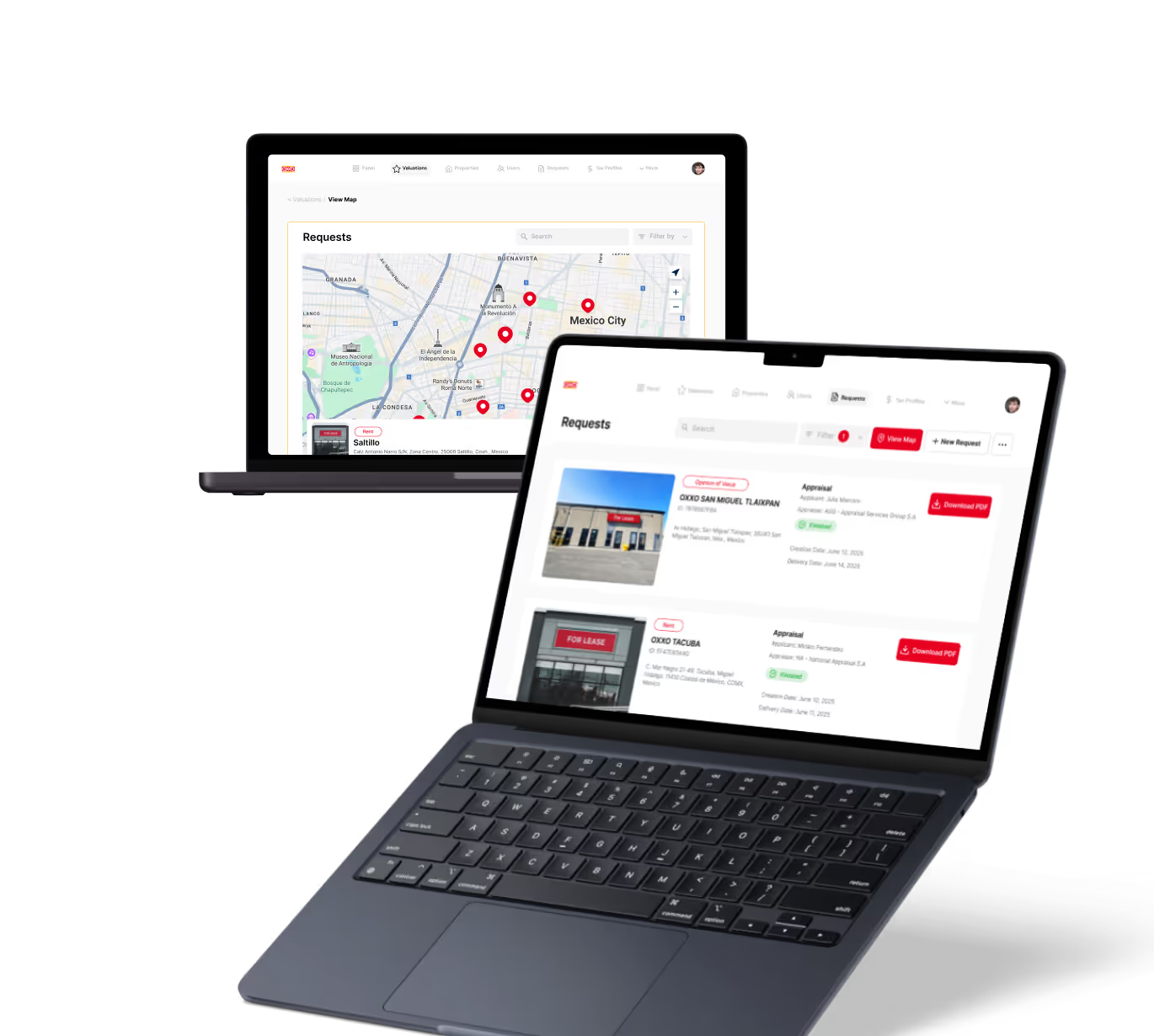A/B Testing in MVP
MVP
Learn how A/B testing enhances MVP development by validating ideas and improving user experience effectively.
A/B Testing in MVP: Introduction
When you build a minimum viable product (MVP), you want to make sure it meets your users' needs without wasting time or money. A/B testing is a smart way to compare two versions of your product to see which one works better. It helps you make decisions based on real user data instead of guesses.
In this article, you will learn how A/B testing fits perfectly into MVP development. We will explore why it matters, how to run tests, and examples from popular no-code and low-code tools. By the end, you will know how to improve your MVP step-by-step with A/B testing.
Why A/B Testing Is Crucial for MVP
A/B testing helps you validate your product ideas quickly. Instead of building a full product and hoping users like it, you test small changes early. This reduces risks and saves resources.
Here are key reasons why A/B testing is essential for MVPs:
- Data-driven decisions: You learn what users prefer based on real behavior.
- Faster learning: You get quick feedback to improve your product.
- Reduced costs: You avoid building features that users don’t want.
- Better user experience: You optimize design and functionality step-by-step.
For example, if you use bubble to build your MVP, you can create two versions of a signup page and test which one converts more users. This direct feedback helps you focus on what matters most.
How to Run A/B Testing in Your MVP
Running A/B tests in your MVP is easier than you might think. Follow these simple steps:
- Define your goal: Decide what you want to improve, like signup rate or button clicks.
- Create variations: Make two versions of the feature or page you want to test.
- Split your audience: Show version A to half your users and version B to the other half.
- Collect data: Track user actions and measure which version performs better.
- Analyze results: Use statistics to confirm if one version is clearly better.
- Implement changes: Choose the winning version and improve your MVP accordingly.
Tools like Make or Zapier can automate data collection and reporting, making the process smooth even if you don’t have coding skills.
Examples of A/B Testing in No-Code and Low-Code Tools
No-code and low-code platforms have made A/B testing accessible to everyone. Here are some examples:
- bubble: Use bubble’s workflows to create different user experiences and track conversions with built-in analytics.
- Glide: Test different app layouts or features by duplicating screens and directing users accordingly.
- FlutterFlow: Build two UI versions and use Firebase Analytics to compare user engagement.
- Make (Integromat): Automate data collection from your MVP and send results to Google Sheets for analysis.
- Zapier: Connect your MVP to email marketing or CRM tools to test messaging variations and track responses.
These tools let you experiment without writing code, so you can focus on learning what works best for your users.
Best Practices for Effective A/B Testing in MVP
To get the most from A/B testing, follow these best practices:
- Test one change at a time: This helps you know exactly what caused the difference.
- Use a large enough sample: Ensure enough users see each version to get reliable results.
- Set a clear time frame: Run tests long enough to collect meaningful data but not too long to delay decisions.
- Focus on key metrics: Track metrics that matter most to your MVP goals, like user retention or conversion rate.
- Document your tests: Keep records of what you tested and the outcomes for future reference.
By following these tips, you can avoid common pitfalls and make your MVP stronger with every test.
Common Challenges and How to Overcome Them
A/B testing in MVPs can have challenges, but they are manageable:
- Small user base: If you have few users, test simpler changes or combine tests over time.
- Technical limits: Some no-code tools may not support advanced testing; use integrations like Zapier to fill gaps.
- Biased samples: Ensure your test groups represent your target audience fairly.
- Interpreting data: Use clear metrics and avoid overanalyzing small differences.
Understanding these challenges helps you plan better and get reliable insights from your tests.
Conclusion
A/B testing is a powerful method to improve your MVP by learning what users really want. It helps you avoid costly mistakes and build a product that fits your audience.
With no-code and low-code tools, you can run A/B tests easily and make smart decisions fast. Start small, test often, and watch your MVP grow stronger with every step.
FAQs
What is A/B testing in the context of an MVP?
Why should I use A/B testing when building an MVP?
Can I run A/B tests without coding skills?
How do I decide what to test in my MVP?
What challenges might I face with A/B testing in MVPs?
How long should I run an A/B test on my MVP?
Related Terms
See our numbers
315+
entrepreneurs and businesses trust LowCode Agency
Investing in custom business software pays off
We were managing property valuations across multiple brands, and the complexity was overwhelming our traditional processes. Every day of delay in property evaluation meant potential lost revenue and competitive disadvantage.
15,000+
property valuations managed through centralized platform
40%
reduction in valuation processing time

J.Antonio Avalos
,
Product Manager Lead
OXXO



%20(Custom).avif)